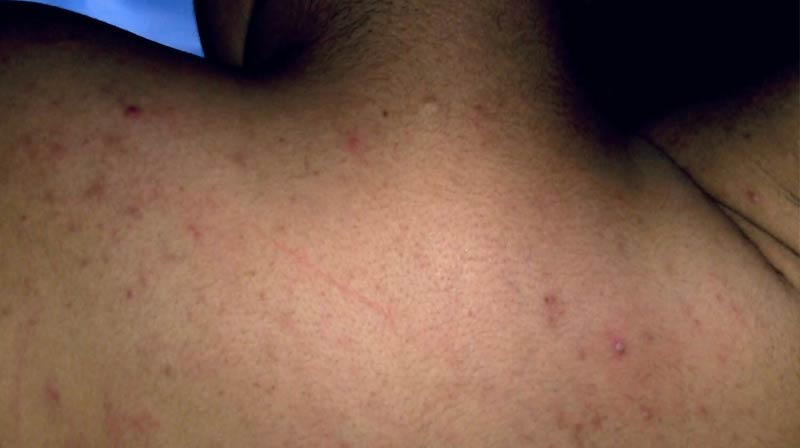Understanding Heat Rash: Causes, Symptoms, and Treatments - Dr. Yeung Ho Hong(楊浩康)
What Is Heat Rash?
Heat rash, also known as prickly heat or miliaria, is a common skin condition that occurs when sweat ducts become blocked. This leads to the trapping of sweat beneath the skin, resulting in irritation and inflammation. Heat rash typically occurs in hot, humid weather and can affect people of all ages, though it is particularly common in infants.
Rollcloud, CC BY-SA 3.0, via Wikimedia Commons

Causes of Heat Rash
- *Hot weather:* High temperatures and humidity levels increase the likelihood of sweating.
- *Strenuous exercise:* Physical activity can lead to profuse sweating, especially if proper ventilation is lacking.
- *Tight clothing:* Wearing tight or non-breathable fabrics can trap sweat against the skin.
- *Certain medications:* Some medications can increase sweating or make the skin more sensitive.
Heat rash is primarily caused by excessive sweating, which can occur due to:
Symptoms of Heat Rash
- *Red bumps or blisters:* These can appear on the skin, often in areas where sweat is produced, such as the neck, back, chest, and groin.
- *Itching or prickling sensation:* Many people experience discomfort due to the irritation of the affected skin.
- *Inflammation:* The skin may appear swollen or inflamed around the rash.
The symptoms of heat rash can vary in severity but typically include:
Types of Heat Rash
- *Miliaria Crystallina:* The mildest form, characterized by small, clear blisters that break easily.
- *Miliaria Rubra:* More common and characterized by red bumps that can be itchy or painful.
- *Miliaria Profunda:* A less common form that occurs deeper in the skin, leading to larger, flesh-colored lesions.
Heat rash can manifest in various forms, including:
Treatment and Prevention
Most cases of heat rash resolve on their own once the skin cools down. However, there are several strategies to alleviate symptoms and prevent future occurrences:
Home Remedies
- *Cool the skin:* Move to a cooler environment and apply cool, damp cloths to the affected areas.
- *Stay hydrated:* Drink plenty of fluids to help regulate body temperature.
- *Avoid heavy creams:* Stick to lightweight, non-comedogenic moisturizers.
- *Wear loose clothing:* Opt for breathable fabrics like cotton to allow air circulation.
Medical Treatment
In more severe cases or if a secondary infection develops, treatment options may include:
- *Topical corticosteroids:* These can help reduce inflammation and itching.
- *Antihistamines:* These may alleviate itching and discomfort.
- *Antibiotics:* If an infection is present, a healthcare provider may prescribe antibiotics.
Conclusion
Heat rash is generally a benign condition that can be managed with simple lifestyle adjustments and home remedies. Being aware of the symptoms and taking preventive measures can help individuals avoid discomfort during hot weather. If symptoms persist or worsen, consulting a healthcare professional is advisable.
